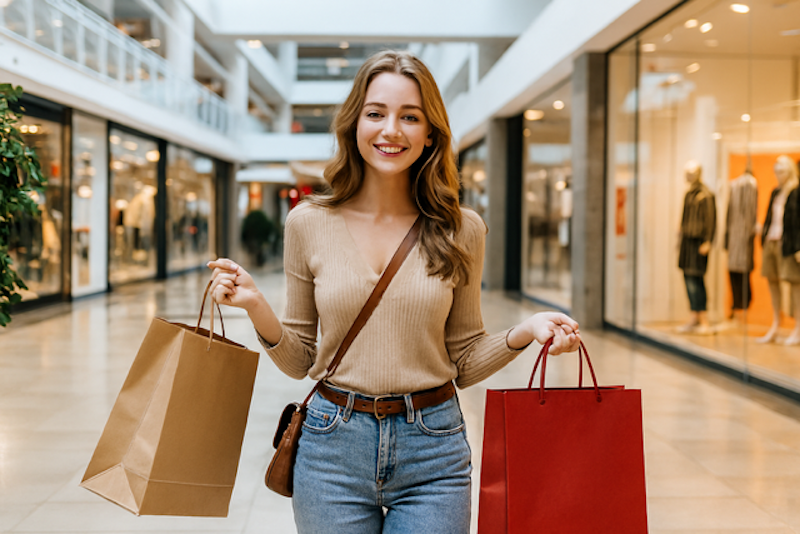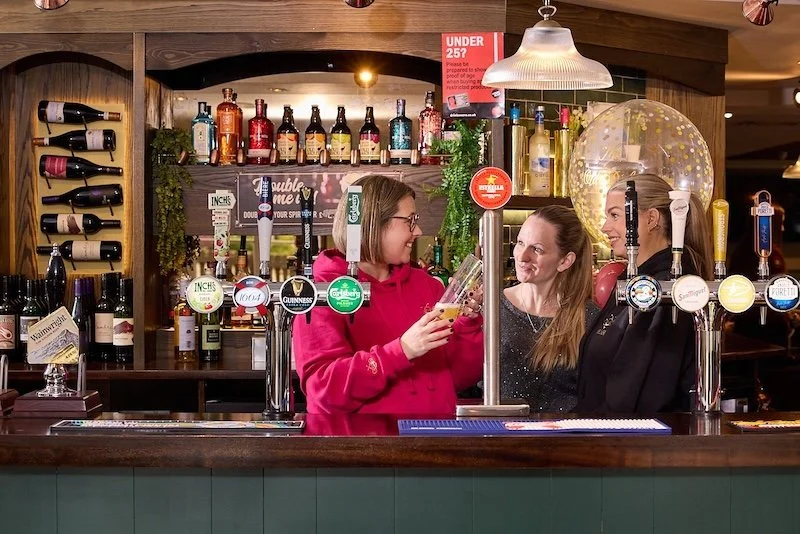Five ways retail tech is changing the way we shop
Technology has become an integral part of nearly every aspect of our lives. From communication to entertainment to shopping, technology has revolutionised the way we interact with the world around us.
Although every sector has been influenced by rapid technological advancements, one particular one that we will be discussing today is the retail sector.
Advancements in retail technology have enhanced the shopping experience and revolutionised the way we shop. Let us discuss some ways retail tech is changing the way we shop.
Enhanced Personalisation
There was a time when shopping meant physically walking into a store, browsing through products, and making a purchase based on the things that you saw, but things have now changed.
With recent advancements in technology, personalisation in shopping has been taken to a whole new level, with most shopping done through the internet. With the help of sophisticated algorithms and artificial intelligence, retailers are now providing personalised recommendations.
Retailers can now collect and analyse customer data to provide a tailored shopping experience.
From personalised product recommendations based on past purchases to curated email offers and discounts, technology has enhanced personalisation to make customers feel understood and valued. Even companies like Travelodge that are not particularly a part of retail business are using tech to enhance personalisation.
Augmented Reality (AR) Shopping
AR, or augmented reality, has been a major technological breakthrough that has transformed the way we interact with products in digital space. AR technology overlays digital information onto the real world. In retail shopping, this allows customers to virtually try on clothes, accessories, and even furniture.
With AR, you can see how a t-shirt, pair of sneakers, or anything else would look on you without physically trying them on. AR technology has enhanced the entire shopping experience by providing convenience and reducing the uncertainty associated with online shopping.
This has resulted in fewer returns and increased customer satisfaction, just because customers can see how a product would look without actually buying it first.
Virtual Reality (VR) Showrooms
Along with AR tech, another groundbreaking technology that has found its way into the retail sector is VR or virtual reality.
There are now VR showrooms available, such as the one by Walmart, that allow customers to step into a digital world where they can explore products in a virtual space. From retail stores to houses to cars and real estate, VR showrooms enable customers to see and interact with products as if they were physically present.
This technology is especially useful for big-ticket and expensive items that customers want to see and experience before they make a final purchase. VR showrooms provide an immersive and engaging experience that helps customers with decision-making.
Smart Fitting Rooms
Trying on clothes in traditional fitting rooms is a thing of the past, as smart fitting rooms have taken fitting rooms to the next level. These rooms are equipped with RFID (radio frequency identification) technology and interactive displays.
They can identify the exact article that a customer brings into the fitting room and indicate the colours, models, and sizes that are available directly in the store, on the web shop, or in other stores. It further enhances the experience by suggesting complementary items, different sizes, or alternative styles, just like on the internet.
The interactive mirrors allow customers to receive sales personnel assistance, view different color options, and even adjust the lighting to match different environments.
Inventory Management with the Internet of Things (IoT)
Retail tech is also transforming inventory management with the help of IoT. This involves connecting and embedding sensors in products and store shelves.
These sensors can track inventory levels in real-time, alerting store managers when products are running low and preventing stock outs. This helps to optimise inventory management and ensure that customers find the products that they are looking for when they visit a store.















Continue reading…